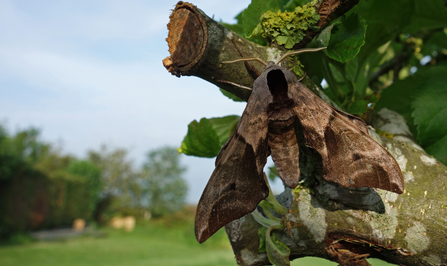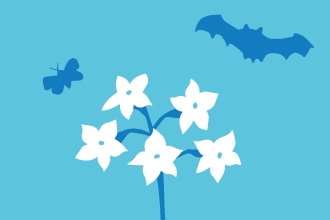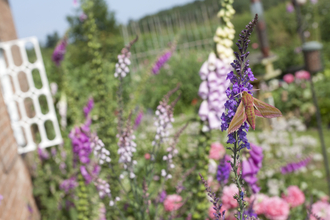Some moths fly by day. Some night-flying moths rest on walls or tree trunks and can be spotted by eagle-eyed observers in daylight hours. Most, however, remain unseen...unless you deliberately go looking for them, that is.
About 12 years ago, I experienced my very first moth trap at Lower Smite Farm as part of an event. I was hooked. I bought my own trap and have been monitoring the moths in my garden for some years now. But before I go any further, I should add that moth traps don't harm the moths. Moths are attracted to a UV light that's perched above a box. Some of the moths fall into a box, tuck themselves into upturned egg boxes and stay there until the following morning when the moth-er (me, in this case) checks and notes what's in the box and releases the moths (into different plants, shrubs and trees to provide shelter and cover until they fly away of their own volition).





